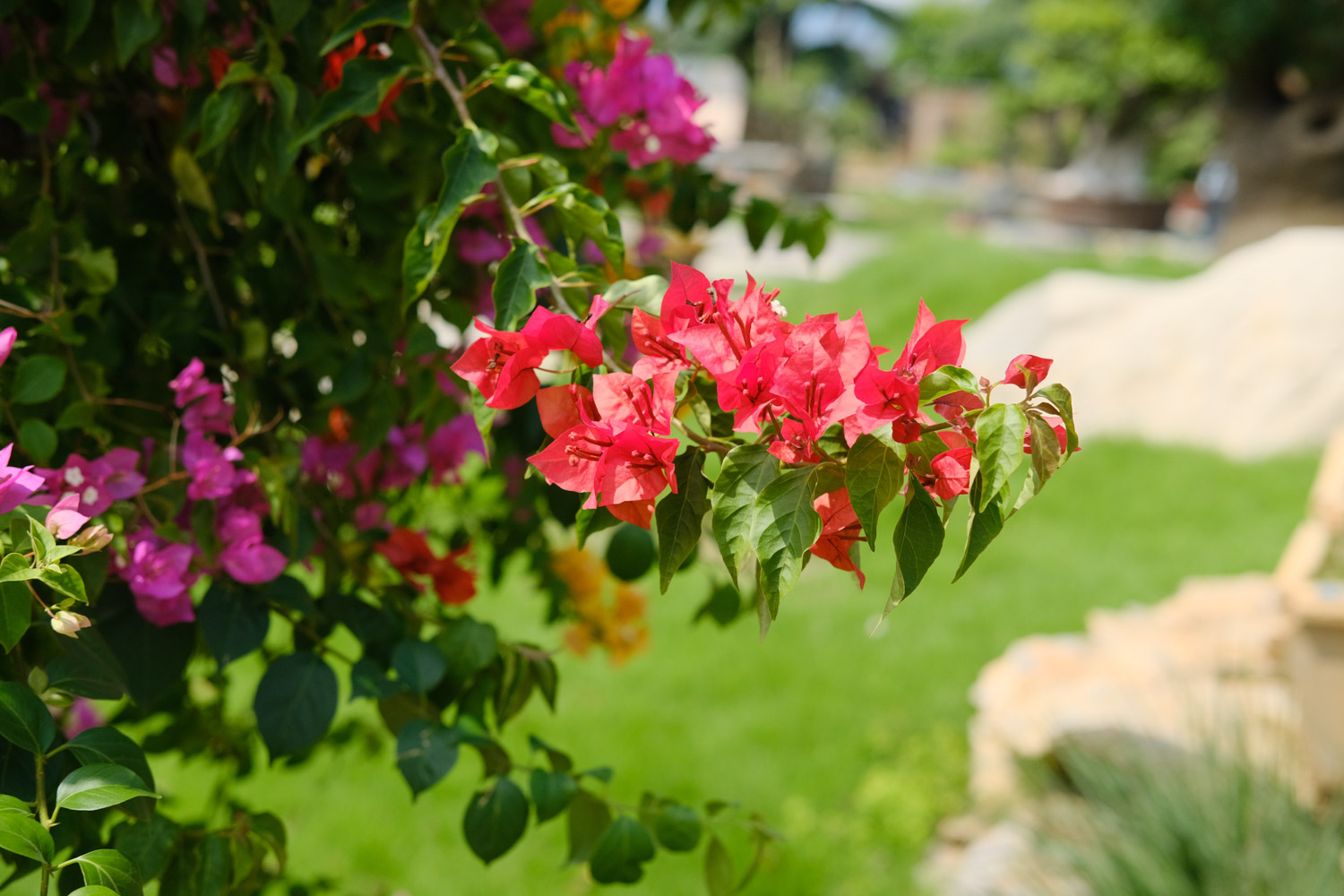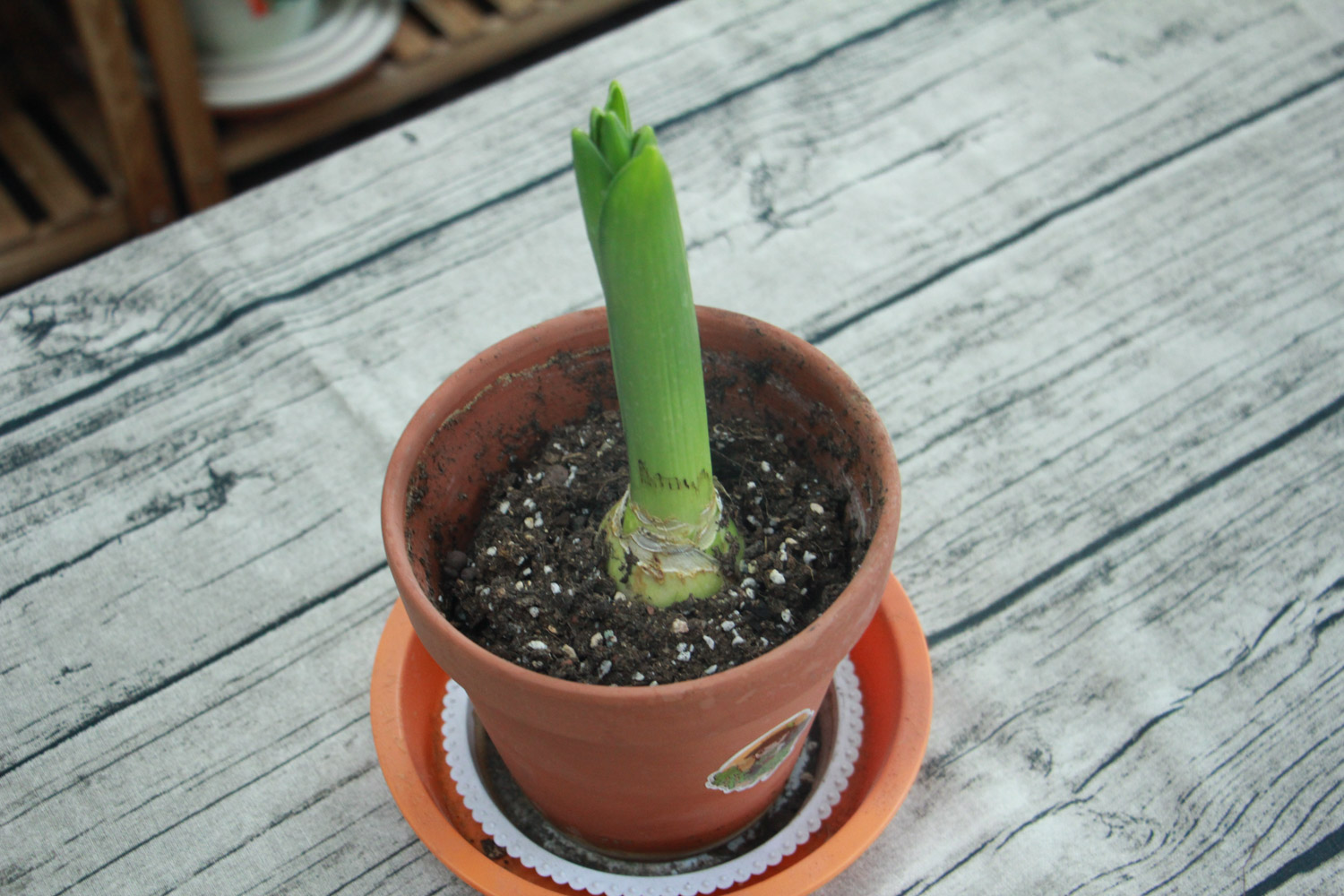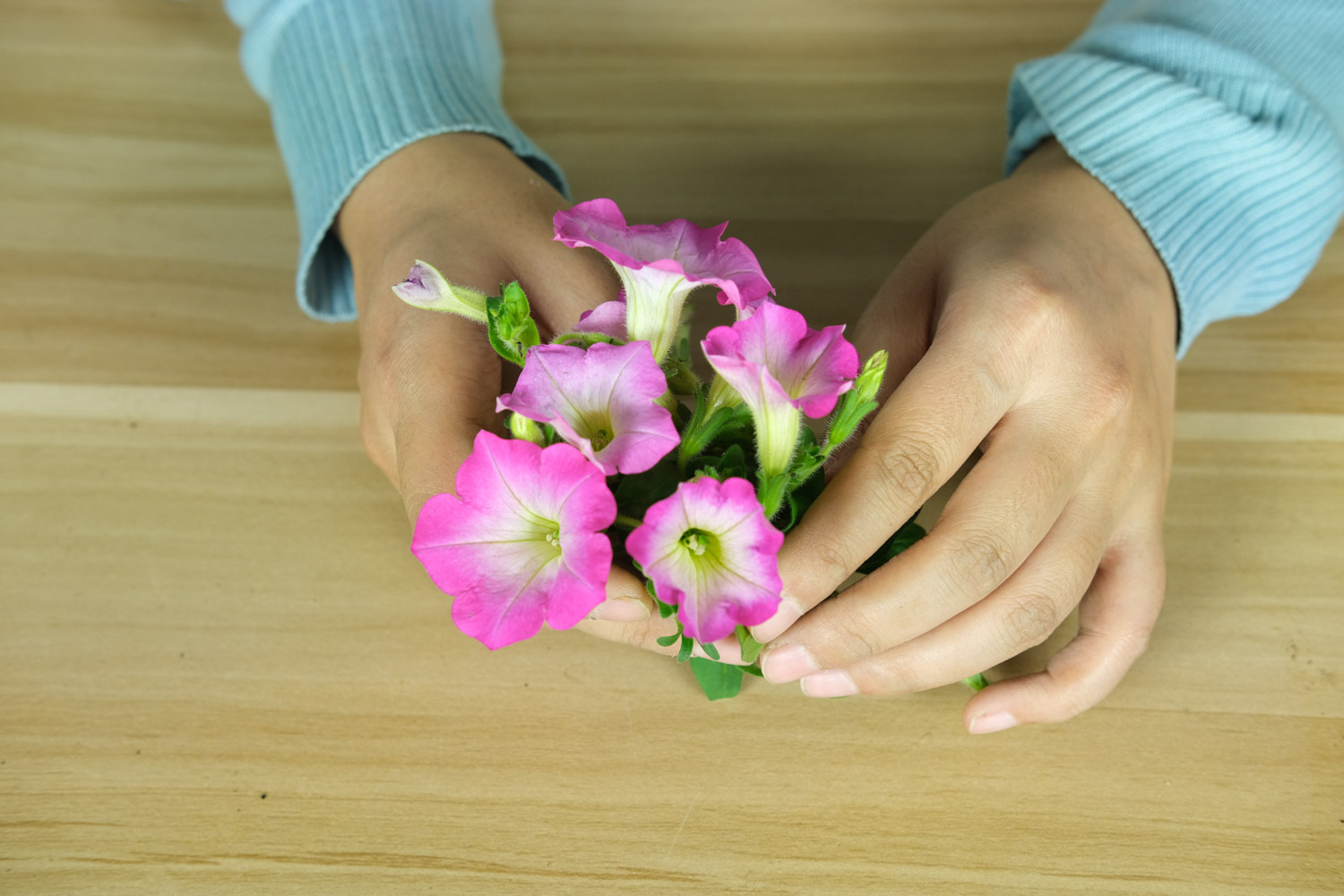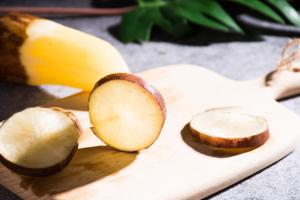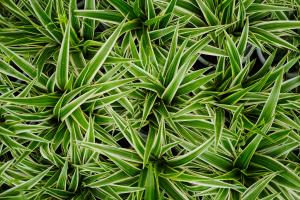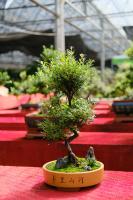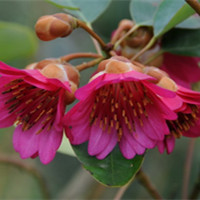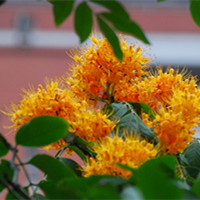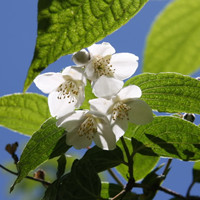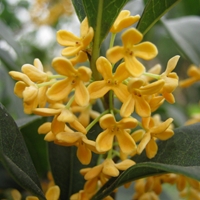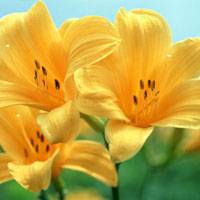Nickname
Lily, also known as "Shandan, atrium, zhongfenghua" and "nocturnal flower", is a perennial herbaceous bulbous plant. The family and genus is Lilium of Liliaceae
Morphological characteristics
The plant height of lily is usually about 40-60 cm, and the highest is about 150 cm
The stem of lily is divided into bulb and aboveground stem. The bulb is light white and spherical, which is composed of a large number of egg spoon shaped fleshy and thick scales; The aboveground stem is upright and cylindrical, the overall color is green, the stem is hairless, and usually has purple spots
Lily roots are divided into fleshy roots ("lower packing roots") and fibrous roots ("upper packing roots", "adventitious roots")
Lily is longer than the top of the stem, both solitary and clustered. It has the characteristics of large corolla and long tube, and is generally in the shape of funnel. Most of the designs and colors are white, but due to a wide variety, flowers of various colors can also be seen, which is very beautiful
Growth habit
The semi shade environment with sufficient sunshine and wet soil is the most conducive to the growth of lily
High temperature and drought are unfavorable to its growth, and the cold tolerance of lily is also weak. The temperature of 16-24 ℃ is the best temperature for Lily growth. The temperature below 5 ℃ and above 30 ℃ will almost stop the growth of lily, and the normal growth of Lily can be guaranteed only above 10 ℃
The selection of soil should give priority to sufficient fertilizer and humus. Do not use hard clay. It is best to use slightly acidic soil; Secondly, ensure good drainage
Value use
Ornamental value: what the public knows most is the ornamental value of lily. Lily has the reputation of "cloud Fairy". The simple and elegant appearance makes the lily a symbol of Catholic Maria, and the Vatican takes the lily as the national flower, symbolizing national independence and economic prosperity. Because the bulb is made of many scales, it also has the beauty of "a hundred years of harmony" and "Pepsi harmony". It has been an auspicious flower in Chinese weddings since ancient times. Whether in parks or on various occasions, they appear as valuable decorative flowers
Edible value: lily bulbs are rich in starch, and some varieties are used as good ingredients; In particular, Lanzhou Lily in China is famous for its edible value. Lanzhou Lily tastes sweet and big, and can make both snacks and dishes. Lily can also be made into dried lily and Lily powder
Medicinal value: lily also has good medicinal value. In traditional Chinese medicine, Lily has the functions of clearing fire, moistening lung and calming mind. Both flowers and bulbs can be used as medicine, which can be described as both medicine and food
Flower language
For Chinese people, lily is known as "a hundred years of harmony", "family harmony" and "Pepsi agreement", with profound blessings
In addition, lilies also symbolize purity and purity


